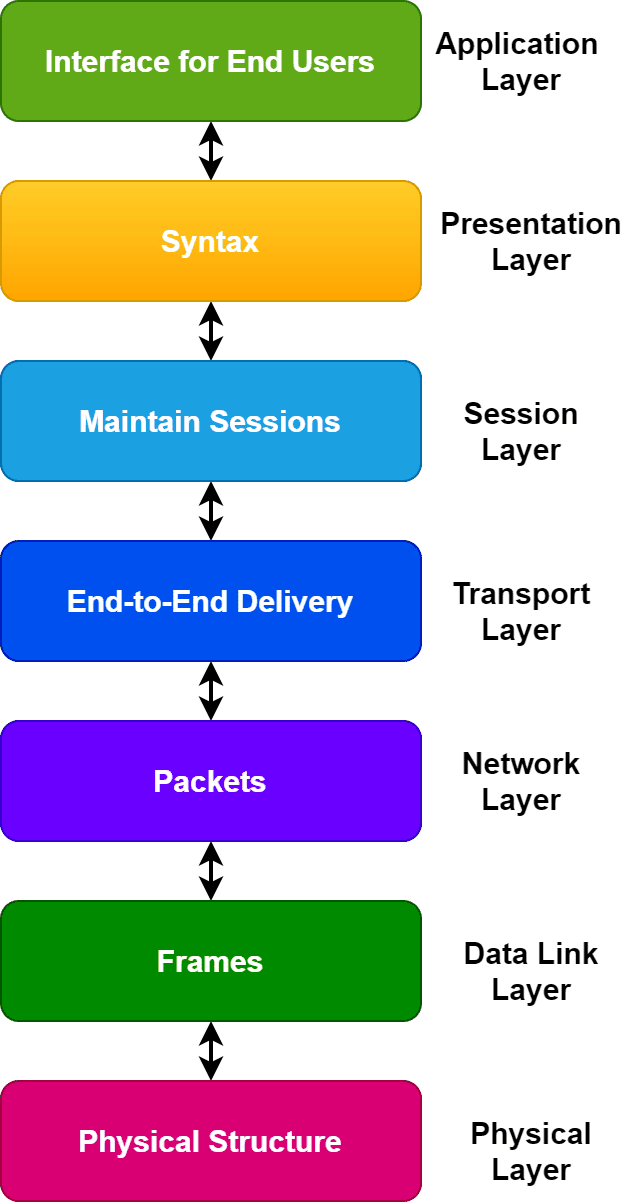1. 概述
在本篇文章中,我们将探讨计算机网络中的丢包问题,重点分析用户数据报协议(UDP)中丢包的主要原因。
UDP 因其低延迟和无连接的特性,广泛应用于音视频流、实时游戏、DNS 查询等场景。但其不可靠传输机制也带来了丢包风险。本文将从网络架构和实际应用两个层面,深入剖析 UDP 丢包的根源。
2. UDP 简介
UDP 是一种无连接的传输层协议,常用于对实时性要求高、但对可靠性要求相对较低的网络通信。相比 TCP,UDP 的优势在于:
- ✅ 无连接建立过程,节省握手时间
- ✅ 传输延迟低,适合实时应用
- ✅ 支持广播和组播
- ✅ 协议头小,处理速度快
但 UDP 也存在明显缺点:
- ❌ 无流量控制机制
- ❌ 无确认和重传机制
- ❌ 不保证数据顺序和完整性
因此,UDP 是一种“尽力而为”(Best Effort)的传输方式,适用于容忍少量丢包的场景。
3. 网络中的丢包现象
根据 OSI 七层模型,网络通信涉及多个层级的协同工作:

丢包通常发生在传输层或网络层。TCP 通过确认机制、重传机制、流量控制等手段,能有效应对丢包问题。而 UDP 没有这些机制,一旦丢包就无法恢复。
例如:
- 发送端发送了
n个包 - 接收端只收到
m个包(m < n) - 说明网络中发生了丢包
4. UDP 丢包的六大原因
UDP 丢包主要由以下六类原因造成:
4.1 网络拥塞
网络拥塞是 UDP 丢包最常见的原因。就像道路上的交通拥堵一样,当网络负载超过其承载能力时,数据包就会被丢弃。
- ✅ UDP 不会因丢包而降低发送速率
- ❌ 无拥塞控制机制,导致越拥塞越发包
- ⚠️ 服务器等待超时,可能引发连接失败
4.2 硬件问题
网络设备如路由器、交换机、防火墙等如果老化或配置不当,也会造成丢包。
- ✅ 现代硬件支持 QoS、流量整形等功能
- ❌ 老旧设备性能不足,处理能力有限
- ⚠️ 建议定期升级网络设备,尤其是核心设备
4.3 软件故障
UDP 应用程序中存在 bug,或运行在有缺陷的系统环境中,也可能导致丢包。
- ✅ 死锁、资源竞争、可达性失败等都可能引发丢包
- ❌ UDP 本身不提供错误恢复机制
- ⚠️ 建议加强测试和日志监控,及时发现异常
4.4 连接问题
无线网络比有线网络更容易受到环境干扰,导致丢包。
- ✅ 常见于智能摄像头、门铃、Wi-Fi Socket等设备
- ❌ 金属墙、玻璃、瓷砖等障碍物会干扰信号
- ⚠️ 无线网络建议部署在信号干扰小的区域
4.5 安全漏洞与攻击
DDoS 攻击等网络安全问题也会导致 UDP 丢包。
- ✅ 攻击者可通过简单命令(如 ping)发起攻击
- ❌ 服务器负载过高,丢包率显著上升
- ⚠️ 定期更新系统和防火墙规则,防范攻击
4.6 基础设施问题
网络架构设计不合理、服务器配置不当、资源不足等问题也会引发丢包。
- ✅ 包括服务器性能瓶颈、配置错误、资源耗尽等
- ❌ UDP 无法自动调整发送速率
- ⚠️ 建议优化架构、监控资源使用情况
5. 总结
UDP 丢包是网络通信中一个不可忽视的问题,尤其在实时性要求高的场景中更为关键。
我们分析了 UDP 丢包的六大主要原因:
- 网络拥塞
- 硬件问题
- 软件故障
- 连接问题
- 安全漏洞与攻击
- 基础设施问题
要降低 UDP 丢包率,可以采取以下措施:
- ✅ 定期升级软硬件设备
- ✅ 加强网络性能监控
- ✅ 优化网络架构设计
- ✅ 增加丢包检测与补偿机制(如 FEC、重发策略)
- ✅ 引入 QoS 等流量控制机制
UDP 的不可靠性是其设计的一部分,但通过合理设计和优化,我们可以在接受一定丢包的前提下,实现高效、低延迟的网络通信。